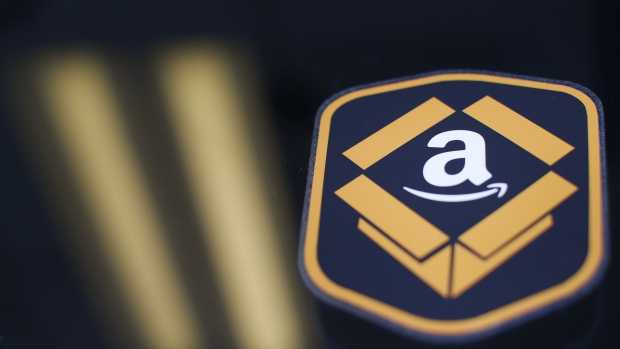Jul 16, 2018
Amazon Prime price hike isn't slowing memberships: Exec
, Bloomberg News

Amazon.com Inc.’s (AMZN.O) increase earlier this year to the price of Prime membership hasn’t blunted momentum for the popular subscription program that boasts more than 100 million global members, a company executive said.
"We continue to see the same trends" since the price hike -- to US$119 a year from US$99 -- was announced in April, Amazon Prime Vice President Cem Sibay said. He spoke in a taped interview with Bloomberg TV’s Emily Chang on the occasion of Amazon’s Prime Day sale. The promotion begins at 3 p.m. New York time and runs through Tuesday.
Prime, which offers subscribers shipping discounts, video streaming and other perks, helps Amazon convert occasional shoppers into loyal customers. Sibay said after people engage with member benefits like photo storage and music streaming, Amazon tends to see higher renewal rates. “They come for the shopping. They stay for the entertainment," he said.
U.S. Prime members spend an average of US$1,400 a year on Amazon, compared with US$600 for non-Prime members, according to Consumer Intelligence Research Partners.
About 60 million U.S. households have Prime memberships, meaning Amazon can still try to attract the remaining 52 million, according to Cowen & Co.







